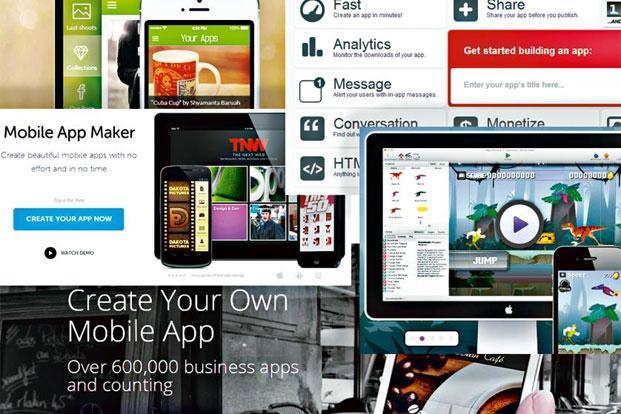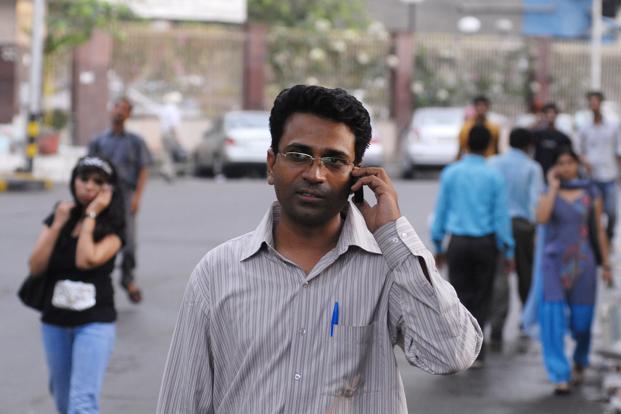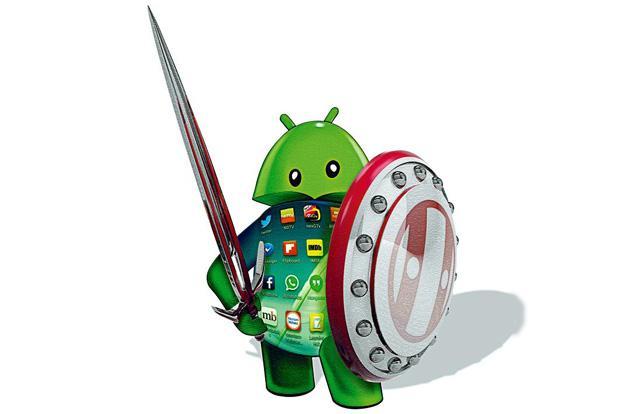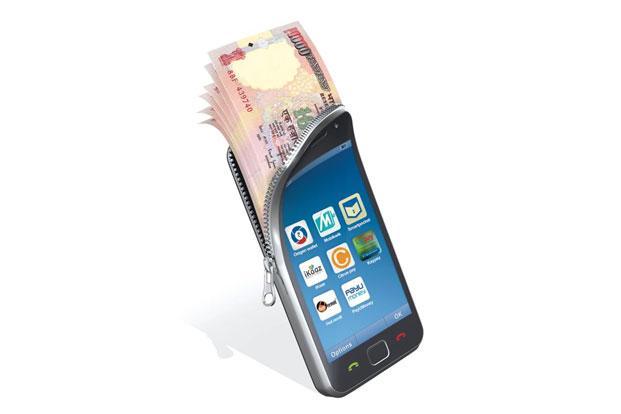Do you break into a sweat at the thought of drawing up travel itineraries? Turn to these vacation-planner apps
It’s always the same story. Holidays should help you relax but sometimes organizing the minutest detail can be a nightmare. Tickets, hotels, what to do once there, what not to do, how to reach from point A to point B without getting lost, how to communicate—all these elements can turn trip planning into a headache. We suggest you outsource your holiday troubles to these helpful assistants and relax.
Kamino
If you’re heading to the US this summer, don’t forget to pack in Kamino, a nifty app meant for people who love to hike and walk. The crowdsourced app has information on walks and hikes from bloggers, experts and locals of a particular city. Perfect for that authentic local experience in the city. “The idea is for users to discover and truly appreciate the culture and uniqueness of a city whether they are locals or tourists,’” says US-based Louis P. Huynh, co-founder and president, in an email. Each hike comes complete with a GPS-enabled map and includes personalized recommendations. Right now the hikes listed are limited to cities like New York, Los Angeles, Chicago and San Francisco, but more are getting added as the community increases worldwide—from London, Paris and Florence to Cape Town, Hanoi and Taipei.
gokamino.com; free on iTunes. The app is expected to be launched soon on Android.
Holidayen
Hate deciding where to go, what to do there, and how much it will cost you? Let Holidayen do the job for you. Created by three graduates from the Indian Institute of Technology, the app acts like a personal travel agent, lets you choose destinations and then plans what you should do once there, and where you should stay. You can customize the options and even book the things you would like to do from within the app. The database is curated, so you might not get all the choices, but the good thing is that if you have figured out an itinerary you like on the app, you can download it and keep it on your phone to access it offline. “Planning a trip is a cumbersome process, taking up to several days of online research, reading guides and asking several people,” says Utkala Mohanty, co-founder, Holidayen. “This app makes trip planning a breeze, where the user can plan a trip in seconds, while completely customizing it to her preferences.”
Holidayen.com; $0.99 (around Rs.60) on Google play. The app is expected to be launched soon on iOS.
Trip38
Primarily meant as a travel assistant for business travellers, Trip38 helps you manage your itinerary. It does this by collating all your travel information and emails in one place, giving you updates through alerts, notifying you of when to check in, doling out details of baggage allowance, flight timings and the terminal….
First published at Livemint.com. Read complete article here: http://www.livemint.com/Leisure/NNkS8xpWYiTow136V1VRiM/Holidays-can-be-a-breeze.html?utm_source=copy










